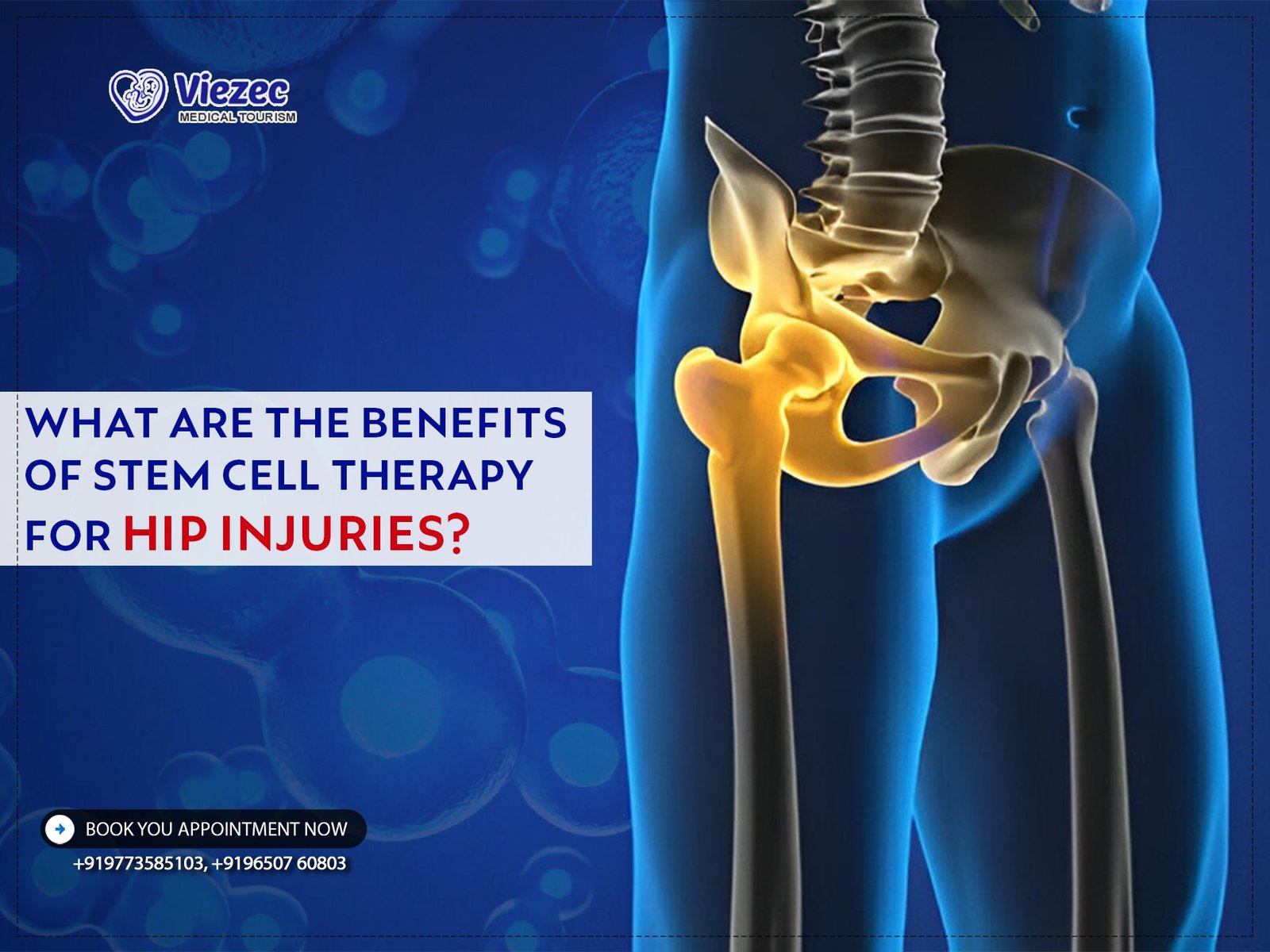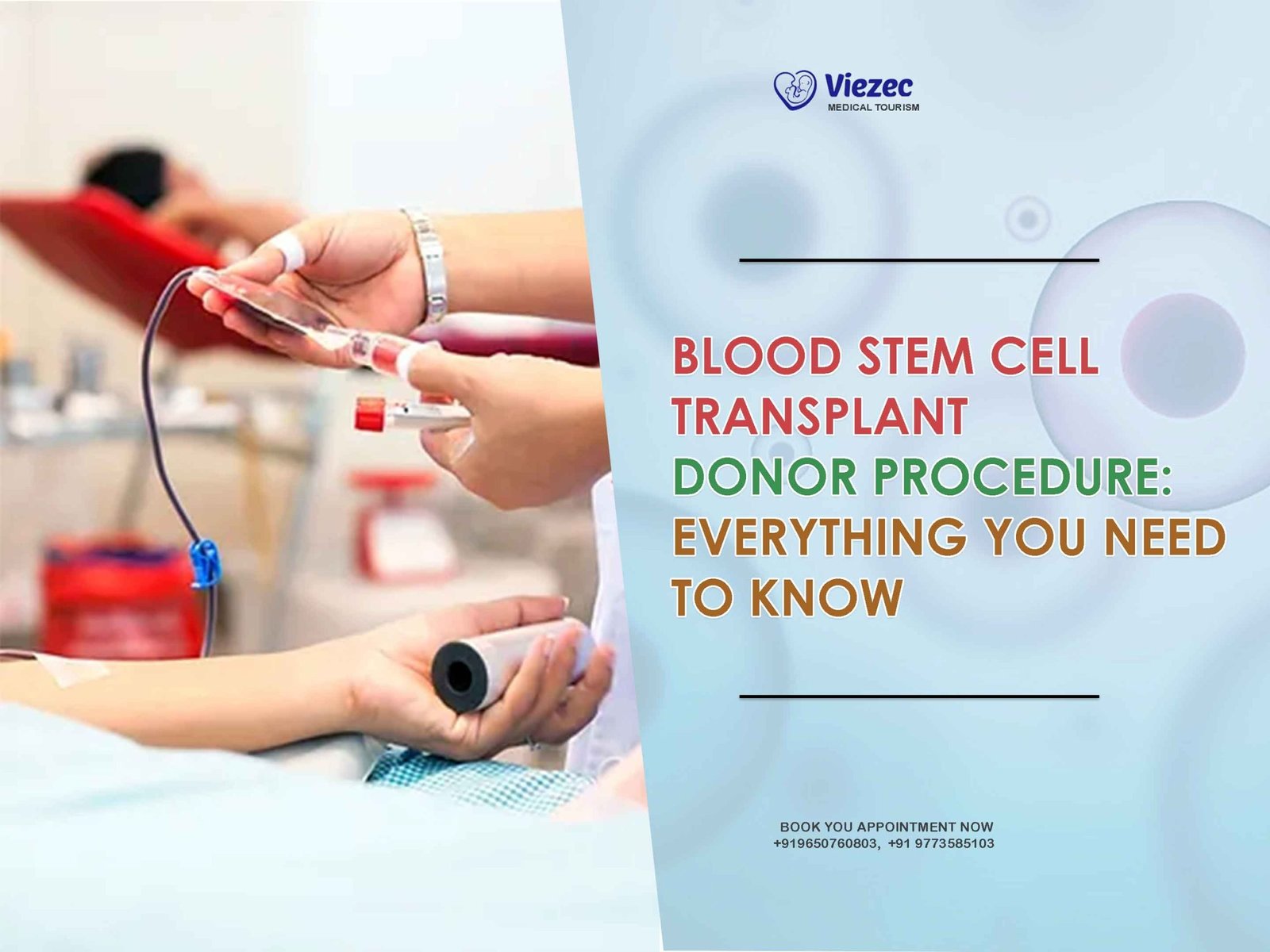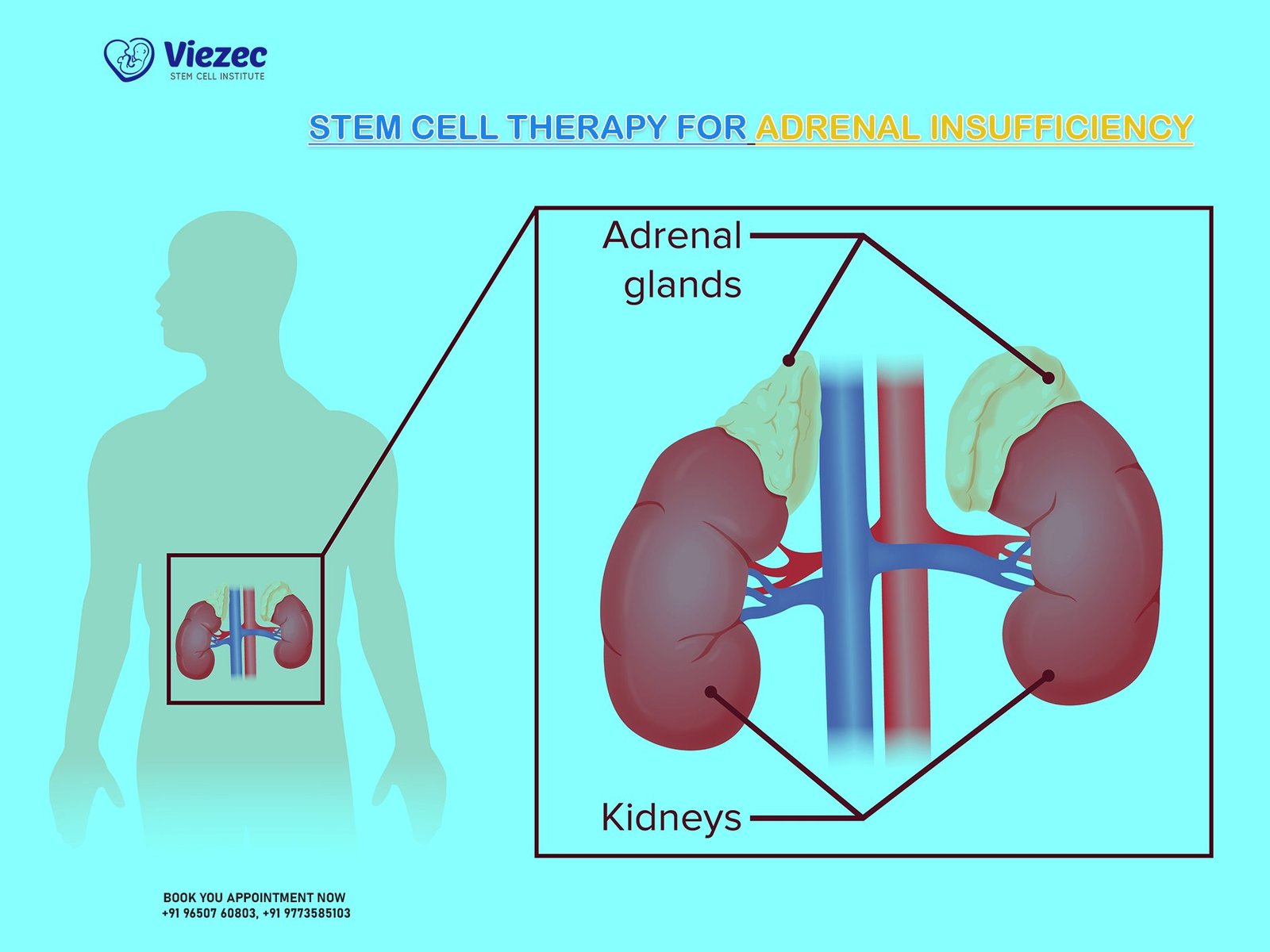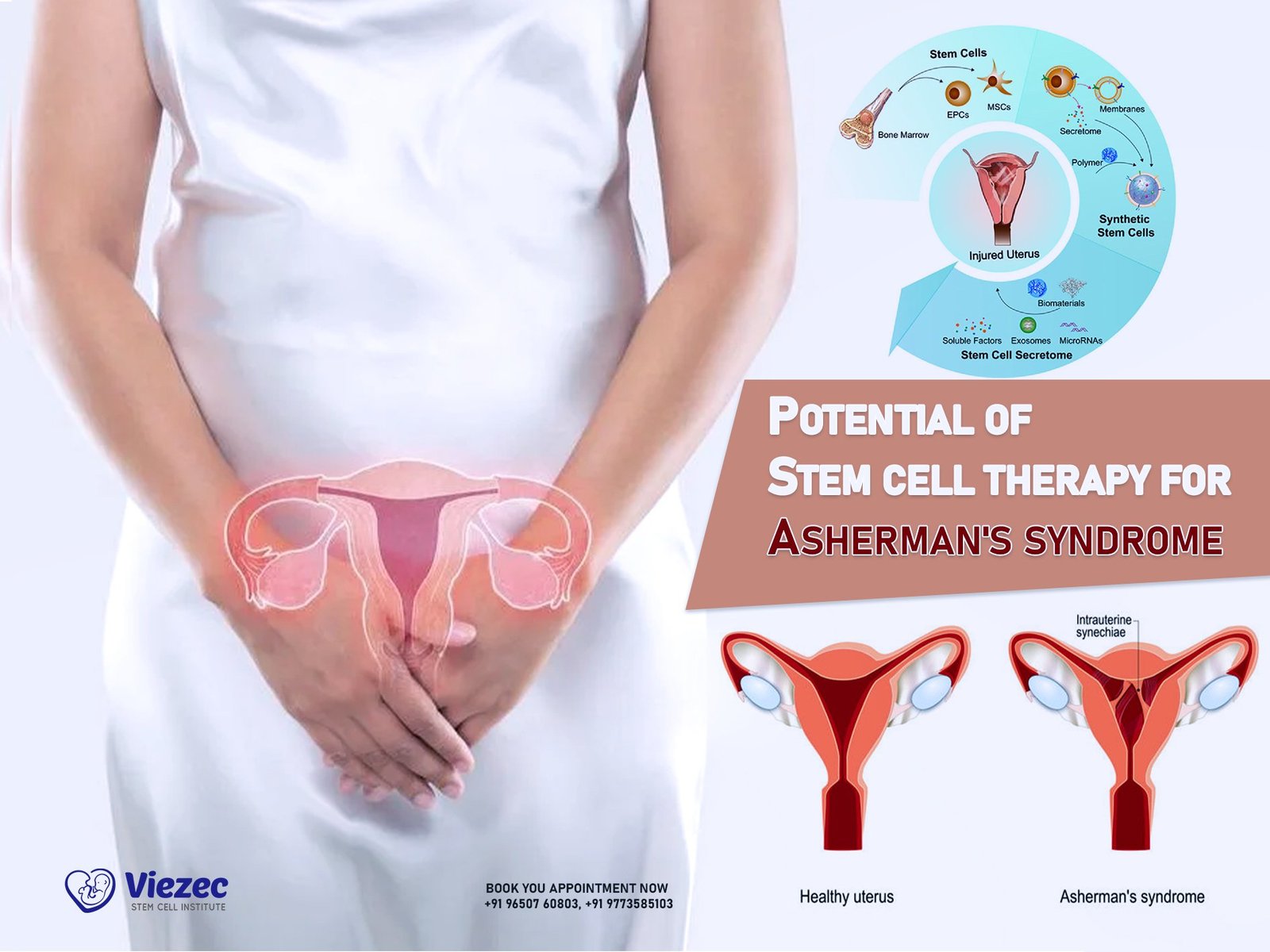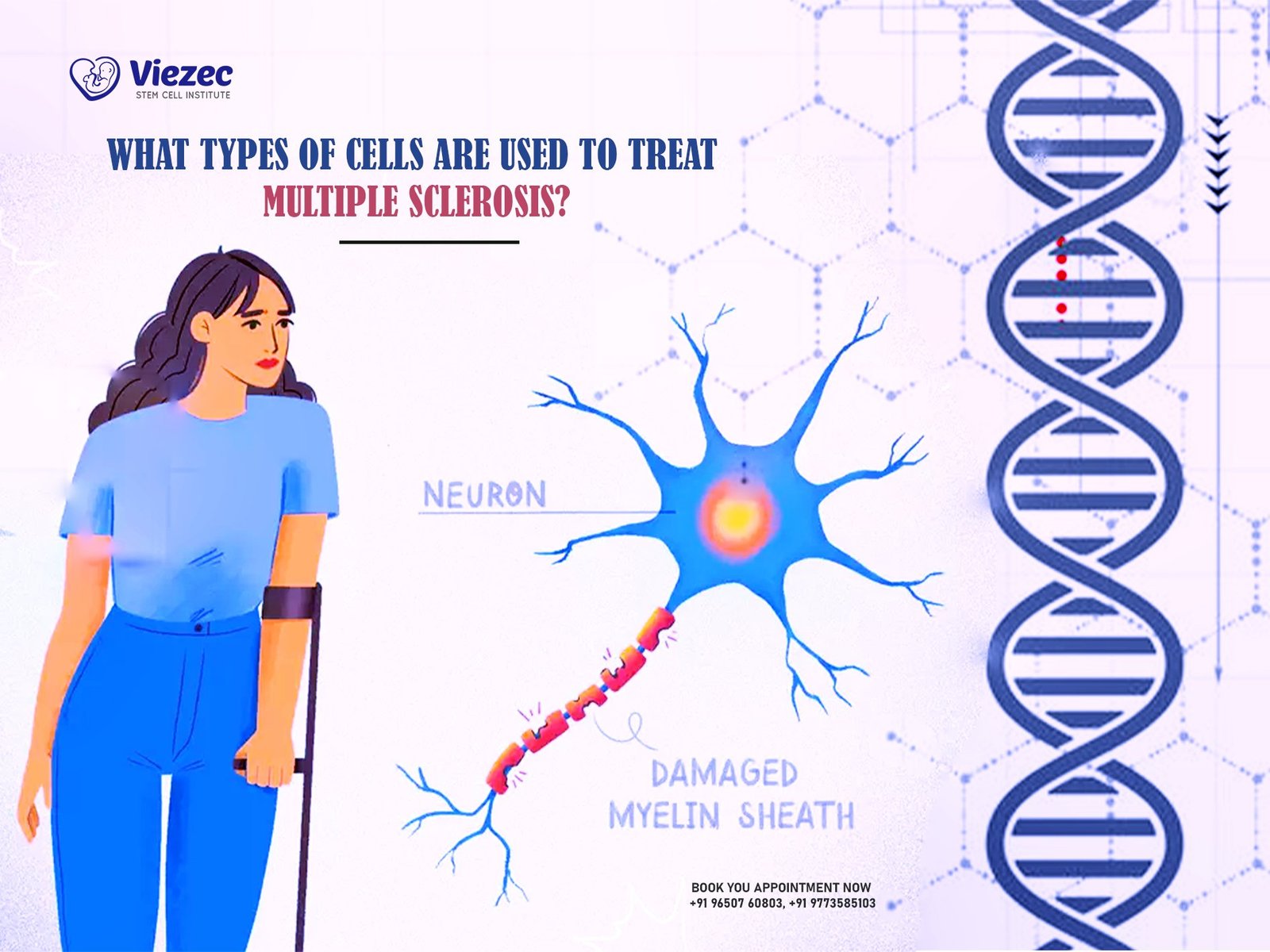Stem cell therapy is an innovative medical treatment that utilizes the unique properties of stem cells to promote healing and regeneration in damaged tissues. This therapy has gained significant attention for its potential to treat a variety of conditions, including hip injuries. Stem cells are undifferentiated cells that have the remarkable ability to develop into different types of cells in the body. When introduced to an injured area, they can aid in repairing and regenerating damaged tissues, thereby improving function and reducing pain. Stem cell therapy is particularly appealing because it offers a non-surgical, minimally invasive alternative to traditional treatments, which often involve long recovery periods and potential complications.
Types of Stem Cells Used
Stem cell therapy for hip injuries primarily involves three types of stem cells: embryonic stem cells, adult stem cells, and induced pluripotent stem cells. Each type has unique characteristics and potential applications in regenerative medicine.
Embryonic Stem Cells
Embryonic stem cells (ESCs) are derived from early-stage embryos and possess the ability to differentiate into any cell type in the body. This pluripotency makes them a powerful tool for regenerative medicine. However, the use of ESCs is controversial due to ethical concerns surrounding the destruction of embryos. Despite this, research continues to explore their potential for treating various conditions, including hip injuries, due to their high regenerative capacity.
Adult Stem Cells
Adult stem cells, also known as somatic or tissue-specific stem cells, are found in various tissues throughout the body, including bone marrow and adipose tissue. These cells are multipotent, meaning they can differentiate into a limited range of cell types related to their tissue of origin. Mesenchymal stem cells (MSCs), a type of adult stem cell found in bone marrow, are commonly used in stem cell therapy for hip injuries. MSCs have shown promise in promoting cartilage repair, reducing inflammation, and enhancing tissue regeneration.
Induced Pluripotent Stem Cells
Induced pluripotent stem cells (iPSCs) are adult cells that have been genetically reprogrammed to revert to a pluripotent state, similar to embryonic stem cells. This reprogramming allows iPSCs to differentiate into any cell type, providing a versatile tool for regenerative medicine without the ethical concerns associated with ESCs. iPSCs are increasingly being studied for their potential in treating hip injuries and other orthopedic conditions, as they offer a renewable source of patient-specific stem cells for therapy.
Understanding Hip Injuries
Common Types of Hip Injuries
Hip injuries are prevalent, particularly among athletes, the elderly, and those with physically demanding lifestyles. Understanding the common types of hip injuries can help in recognizing the potential benefits of stem cell therapy for these conditions.
Hip Fractures
Hip fractures are breaks in the upper part of the femur (thigh bone) and are particularly common in older adults due to osteoporosis. These fractures can be debilitating, often requiring surgery and extensive rehabilitation. Stem cell therapy offers a potential alternative by promoting bone healing and regeneration, reducing the need for invasive procedures.
Hip Labral Tears
The labrum is a ring of cartilage that surrounds the hip joint, providing stability and cushioning. Labral tears can occur due to trauma, repetitive motion, or degenerative conditions. These tears can cause pain, clicking sensations, and reduced range of motion. Traditional treatments include physical therapy, injections, and surgery, but stem cell therapy offers a promising approach to repairing and regenerating the damaged cartilage, potentially restoring joint function.
Hip Osteoarthritis
Osteoarthritis is a degenerative joint disease characterized by the breakdown of cartilage, leading to pain, stiffness, and reduced mobility. The hip joint is commonly affected, particularly in older adults. Traditional treatments focus on managing symptoms, but they do not address the underlying cause. Stem cell therapy aims to regenerate cartilage, reduce inflammation, and slow the progression of osteoarthritis, offering a more comprehensive treatment approach.
Traditional Treatments for Hip Injuries
Traditional treatments for hip injuries often involve a combination of conservative measures, such as physical therapy, medications, and lifestyle modifications, as well as surgical interventions. Physical therapy aims to strengthen the muscles around the hip, improve flexibility, and reduce pain. Medications, including anti-inflammatory drugs and pain relievers, help manage symptoms but do not address the underlying damage. In more severe cases, surgical options such as hip replacement or arthroscopy may be necessary. While these treatments can be effective, they often come with significant recovery periods and potential complications, highlighting the need for alternative therapies like stem cell treatment.
Mechanisms of Stem Cell Therapy for Hip Injuries
Cellular Repair and Regeneration
One of the primary mechanisms by which stem cell therapy benefits hip injuries is through cellular repair and regeneration. When stem cells are introduced to the injured area, they can differentiate into the specific cell types needed to repair the damaged tissue. For example, in the case of cartilage damage, mesenchymal stem cells can differentiate into chondrocytes, the cells responsible for producing cartilage. This process helps to restore the structural integrity and function of the hip joint, reducing pain and improving mobility.
Anti-inflammatory Effects
Inflammation plays a significant role in the pain and dysfunction associated with hip injuries. Stem cell therapy has been shown to have potent anti-inflammatory effects, which can help reduce pain and swelling in the affected area. Mesenchymal stem cells, in particular, secrete various anti-inflammatory cytokines and growth factors that modulate the immune response and promote a more favorable environment for healing. This anti-inflammatory action not only alleviates symptoms but also supports the regenerative processes needed for tissue repair.
Tissue Engineering Potential
Stem cell therapy also holds promise in the field of tissue engineering, which involves creating or repairing tissues using a combination of cells, scaffolds, and bioactive molecules. In the context of hip injuries, stem cells can be combined with biomaterials to create scaffolds that support the growth and organization of new tissue. These engineered tissues can be used to replace damaged cartilage, bone, or other structures within the hip joint, providing a more comprehensive and durable solution to hip injuries. The ability to engineer tissues tailored to the patient’s specific needs represents a significant advancement in regenerative medicine.
Clinical Benefits of Stem Cell Therapy
Pain Reduction
One of the most significant clinical benefits of stem cell therapy for hip injuries is pain reduction. Chronic pain is a common and debilitating symptom of many hip conditions, and traditional treatments often provide only temporary relief. Stem cell therapy addresses the underlying causes of pain by promoting tissue repair and reducing inflammation. Patients undergoing stem cell treatment for hip injuries frequently report substantial improvements in pain levels, allowing them to return to their daily activities and enjoy a better quality of life.
Improved Mobility and Functionality
In addition to reducing pain, stem cell therapy has been shown to improve mobility and functionality in patients with hip injuries. By regenerating damaged tissues and supporting the repair processes, stem cell therapy helps restore the structural integrity and function of the hip joint. This improvement in joint health translates to increased range of motion, strength, and overall mobility. Patients who have undergone stem cell therapy often experience enhanced physical performance, allowing them to participate in activities they previously found challenging or impossible.
Accelerated Healing and Recovery
Stem cell therapy can also accelerate the healing and recovery process for hip injuries. Traditional treatments, particularly surgical interventions, often involve lengthy recovery periods and significant rehabilitation. Stem cell therapy, on the other hand, promotes faster tissue repair and regeneration, leading to shorter recovery times. This accelerated healing process is particularly beneficial for athletes and individuals with physically demanding lifestyles, as it allows them to return to their activities more quickly and with fewer limitations.
Comparative Analysis: Stem Cell Therapy vs. Traditional Treatments
Effectiveness in Pain Management
When comparing stem cell therapy to traditional treatments for hip injuries, one of the key factors to consider is the effectiveness in pain management. Traditional treatments, such as physical therapy, medications, and surgery, often provide temporary relief from pain but do not address the underlying cause. Stem cell therapy, by promoting tissue repair and reducing inflammation, offers a more comprehensive approach to pain management. Studies have shown that patients receiving stem cell therapy experience significant and sustained reductions in pain levels, often outperforming traditional treatments in this regard.
Recovery Time and Rehabilitation
Another important consideration is the recovery time and rehabilitation associated with each treatment option. Traditional treatments, particularly surgical interventions, typically involve long recovery periods and extensive rehabilitation. Patients may need several months to regain full function and resume their normal activities. In contrast, stem cell therapy promotes faster healing and recovery, allowing patients to return to their daily routines more quickly. This reduced recovery time is particularly advantageous for athletes and active individuals who cannot afford extended periods of downtime.
Long-term Outcomes
The long-term outcomes of stem cell therapy compared to traditional treatments are also noteworthy. While traditional treatments can be effective in managing symptoms and improving function, they do not always provide lasting solutions. Hip replacement surgery, for example, may require revision surgeries in the future. Stem cell therapy, by addressing the underlying causes of hip injuries and promoting tissue regeneration, has the potential to provide more durable and long-lasting results. Patients who undergo stem cell therapy often report sustained improvements in pain, mobility, and overall joint health, reducing the need for additional interventions.
Safety and Risks of Stem Cell Therapy
Potential Side Effects
As with any medical treatment, it is essential to consider the potential side effects of stem cell therapy for hip injuries. While stem cell therapy is generally considered safe, some patients may experience mild to moderate side effects. These can include pain or swelling at the injection site, temporary inflammation, and allergic reactions. More serious complications, such as infection or adverse reactions to the stem cells, are rare but possible. It is crucial for patients to discuss these potential risks with their healthcare provider and ensure that they are receiving treatment from a qualified and experienced practitioner.
Risk Mitigation Strategies
To minimize the risks associated with stem cell therapy, several risk mitigation strategies can be employed. First and foremost, it is essential to ensure that the stem cells used for treatment are sourced from a reputable and accredited laboratory. Proper screening and testing of the stem cells can help reduce the risk of contamination and ensure their safety and efficacy. Additionally, the treatment should be performed by a skilled and experienced healthcare provider who follows strict protocols for sterility and patient safety. Patients should also be thoroughly evaluated to determine their suitability for stem cell therapy and to identify any potential contraindications.
Regulatory and Ethical Considerations
The use of stem cell therapy, particularly embryonic and induced pluripotent stem cells, raises important regulatory and ethical considerations. In many countries, the use of embryonic stem cells is heavily regulated or restricted due to ethical concerns surrounding the destruction of embryos. Induced pluripotent stem cells, while less controversial, still require careful oversight to ensure their safe and ethical use. Regulatory agencies play a crucial role in setting standards for stem cell research and therapy, ensuring that treatments are safe, effective, and ethically sound. Patients considering stem cell therapy should be aware of these considerations and seek treatment from providers who adhere to regulatory guidelines and ethical principles.
Research and Evidence Supporting Stem Cell Therapy
Clinical Trials and Studies
The growing body of research supporting the use of stem cell therapy for hip injuries is a testament to its potential benefits. Numerous clinical trials and studies have been conducted to evaluate the safety and efficacy of stem cell therapy in treating various hip conditions. These studies have provided valuable insights into the mechanisms of action, optimal treatment protocols, and long-term outcomes of stem cell therapy.
Recent Findings
Recent findings from clinical trials have shown promising results for stem cell therapy in the treatment of hip injuries. For example, studies have demonstrated that mesenchymal stem cells can effectively reduce pain and improve function in patients with hip osteoarthritis. Other research has highlighted the potential of stem cell therapy to promote bone healing in hip fractures and enhance the repair of cartilage in labral tears. These findings underscore the potential of stem cell therapy as a viable alternative to traditional treatments.
Case Studies
In addition to large-scale clinical trials, numerous case studies have documented the successful use of stem cell therapy for hip injuries. These case studies provide real-world evidence of the benefits of stem cell therapy, showcasing individual patient experiences and outcomes. For instance, patients with chronic hip pain who failed to respond to traditional treatments have reported significant improvements in pain and mobility following stem cell therapy. These success stories highlight the potential of stem cell therapy to transform the lives of patients with hip injuries.
Future Research Directions
Despite the promising results, further research is needed to fully understand the potential of stem cell therapy for hip injuries. Future research directions include optimizing treatment protocols, identifying the most effective stem cell sources, and exploring combination therapies that enhance the regenerative potential of stem cells. Additionally, long-term studies are needed to evaluate the durability of the benefits and to monitor for any potential late-onset side effects. Continued research and innovation in the field of stem cell therapy hold the promise of further advancing the treatment of hip injuries and improving patient outcomes.
Patient Experiences and Testimonials
Success Stories
Patient experiences and testimonials provide valuable insights into the real-world impact of stem cell therapy for hip injuries. Many patients have shared their success stories, highlighting the significant improvements in pain, mobility, and quality of life they have experienced following stem cell therapy. These success stories often involve individuals who had exhausted traditional treatment options and were facing the prospect of invasive surgery. Stem cell therapy offered them a less invasive alternative with promising results, allowing them to return to their normal activities and enjoy a better quality of life.
Patient Satisfaction and Feedback
Patient satisfaction and feedback are critical measures of the effectiveness of stem cell therapy. Surveys and reviews consistently show high levels of patient satisfaction with the outcomes of stem cell therapy for hip injuries. Patients frequently report not only reductions in pain but also improvements in mobility, strength, and overall joint function. The minimally invasive nature of the treatment, coupled with shorter recovery times, contributes to the positive feedback from patients. This high level of satisfaction underscores the potential of stem cell therapy as a valuable treatment option for hip injuries.
Real-life Case Scenarios
Real-life case scenarios provide a deeper understanding of the practical applications and benefits of stem cell therapy for hip injuries. These scenarios often involve detailed accounts of the patient’s condition, the treatment process, and the outcomes achieved. For example, a middle-aged athlete with a labral tear who underwent stem cell therapy might describe the significant reduction in pain and the return to competitive sports. Similarly, an elderly patient with hip osteoarthritis might share their experience of improved mobility and reduced dependence on pain medications. These real-life case scenarios offer compelling evidence of the transformative potential of stem cell therapy.
Practical Considerations for Patients
Eligibility and Suitability
Determining eligibility and suitability for stem cell therapy is a crucial step in the treatment process. Not all patients with hip injuries are ideal candidates for this therapy. Factors such as the type and severity of the injury, the patient’s overall health, and their previous response to other treatments must be considered. A thorough evaluation by a qualified healthcare provider is essential to assess the patient’s suitability for stem cell therapy. This evaluation may include diagnostic imaging, physical examinations, and a review of the patient’s medical history. Patients who are deemed suitable for stem cell therapy can then proceed with confidence, knowing that they are likely to benefit from the treatment.
Cost and Insurance Coverage
The cost of stem cell therapy can be a significant consideration for many patients. While the price can vary depending on the provider and the specific treatment protocol, stem cell therapy is generally more expensive than traditional treatments. However, the potential for faster recovery and long-term benefits may justify the cost for many patients. It is important for patients to inquire about the cost of treatment upfront and to explore their insurance coverage options. Some insurance plans may cover part or all of the cost of stem cell therapy, particularly if it is deemed medically necessary. Patients should also discuss payment plans and financing options with their healthcare provider to make the treatment more accessible.
Finding Qualified Practitioners
Finding a qualified practitioner is essential to ensure the safety and effectiveness of stem cell therapy. Patients should seek treatment from healthcare providers who have specialized training and experience in stem cell therapy and regenerative medicine. It is important to verify the practitioner’s credentials, including their education, certifications, and professional affiliations. Patients should also inquire about the practitioner’s experience with treating hip injuries specifically and ask for references or testimonials from previous patients. Choosing a qualified and reputable practitioner can significantly impact the success of the treatment and the patient’s overall experience.
Frequently Asked Questions
1. Is stem cell therapy for hip injuries covered by insurance?
Insurance coverage for stem cell therapy can vary widely depending on the insurance provider and the specific policy. Some insurance plans may cover stem cell therapy if it is deemed medically necessary, while others may not. It is important to contact your insurance provider to determine if stem cell therapy for hip injuries is covered under your plan. Additionally, discussing the cost and payment options with your healthcare provider can help you understand your financial responsibilities and explore possible financing solutions.
2. How long does it take to see results from stem cell therapy for hip injuries?
The time it takes to see results from stem cell therapy can vary depending on the individual and the specific condition being treated. Some patients may experience improvements in pain and function within a few weeks, while others may take several months to see significant benefits. The regenerative process initiated by stem cell therapy is gradual, and patients are encouraged to be patient and follow their healthcare provider’s recommendations for post-treatment care and rehabilitation.
3. Are there any risks associated with stem cell therapy for hip injuries?
While stem cell therapy is generally considered safe, there are potential risks and side effects associated with the treatment. These can include pain or swelling at the injection site, temporary inflammation, and allergic reactions. Serious complications, such as infection or adverse reactions to the stem cells, are rare but possible. It is important for patients to discuss these potential risks with their healthcare provider and ensure that they are receiving treatment from a qualified and experienced practitioner who follows strict safety protocols.
4. Can stem cell therapy be used in combination with other treatments for hip injuries?
Yes, stem cell therapy can be used in combination with other treatments for hip injuries. In many cases, a multimodal approach that includes physical therapy, medications, and lifestyle modifications can enhance the benefits of stem cell therapy. Combining treatments can help address different aspects of the injury and promote overall healing and recovery. Patients should work closely with their healthcare provider to develop a comprehensive treatment plan tailored to their specific needs and goals.
For more information on the benefits of stem cell therapy for hip injuries or to schedule a consultation, visit us online. Our team of experts is dedicated to providing advanced regenerative treatments to help you achieve optimal health and recover.

